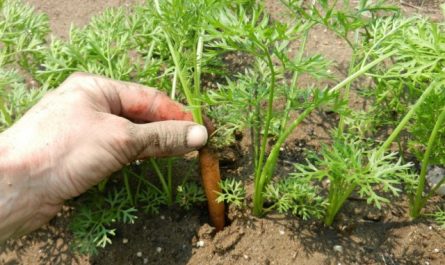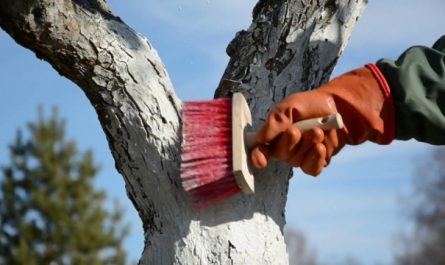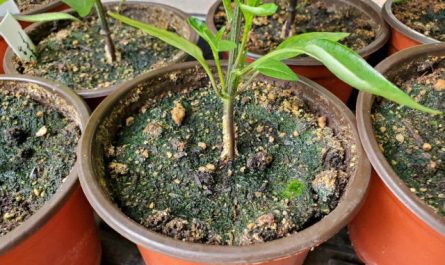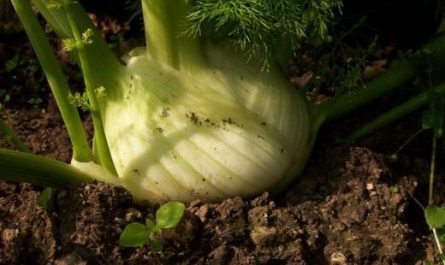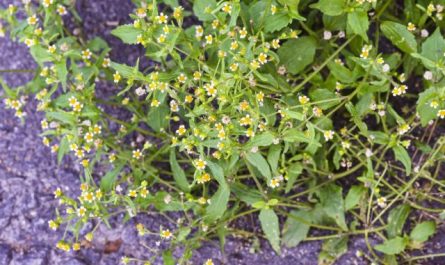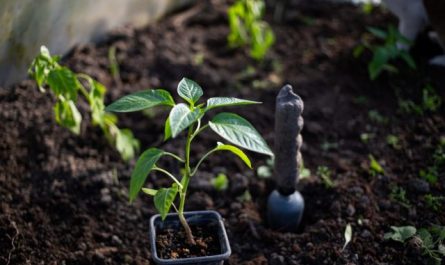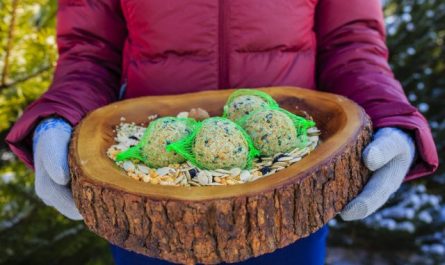This plant is found in vegetable gardens, orchards, in weedy areas, near houses. From each seed it forms thin shoots that spread in all directions and take root, in two weeks flowers appear, in another two – thousands of seeds, scattered around and quickly germinating. And so on throughout the year. Because of this, the plant has earned the reputation of a malicious weed that is difficult to get rid of. Popular names for this plant: “wood sow”, “hernia”, “heart grass”. The botanical name is “medium chickweed”.

Despite such fame, it is not difficult to get rid of it: you only need to spray it once with a herbicide. The most common of these drugs is Roundup, although others are also effective. Just remember that you need to spray it on green leaves, because this is the only way Roundup can get into the plant. It affects one of the links in metabolism, which leads to the death of the plant. This drug is effective only for plants (annual and perennial weeds) and is harmless to other creatures (earthworms, mole crickets, beetles, caterpillars, etc.). It does not affect seeds that lie on the surface of the soil, so after a while new plants grow from them. They will also need to be sprayed.
At the same time, cultivated plants should be protected with film or shields, as they can also be damaged by the preparation. Even one drop of this herbicide on a leaf can cause damage to the plant. Therefore, it is not necessary to spray too intensively. It is only necessary to spray lightly in the center of the rosette – both effectively and economically.

But few people know that chickweed is a medicinal plant used in folk medicine in many countries. It is believed that preparations from it improve heart function and the state of the nervous system, reduce pain, stop bleeding, promote the healing of purulent wounds, resolve tumors of various origins, and have anti-inflammatory, antiseptic and antiscorbutic effects. An infusion of the herb or juice is used for diseases of the gallbladder and liver, lungs (especially hemoptysis), vomiting with blood, hemorrhoids, and thyroid diseases (thyrotoxicosis). An infusion of the herb is used to wash the eyes and treat the initial stages of lens opacity (cataracts), and is used to cleanse the skin (acne, rashes, purulent wounds) – as lotions, baths – for leg swelling and nervous excitement. Fresh plants are added to salads for therapeutic and prophylactic nutrition, for diseases of the lungs, heart, liver and kidneys. For future use, the plant is fermented (can be with cabbage) and marinated (can be with mushrooms, cucumbers or just one plant). For harvesting, the grass is picked and dried in the shade, spread out in a thin layer.
Application. Internally: fresh plant juice with honey – a teaspoon 4-6 times a day; infusion: a teaspoon per glass of boiling water, infuse in a thermos for 8 hours – a quarter of a glass 4 times a day; salad: with green onions, dill, boiled egg, seasoned with cream or sour cream (other recipes are also possible). Externally: decoction or infusion of the herb for rinsing and compresses.
Now that you know more about chickweed, consider whether you should use Roundup or maybe wait until it grows to improve its health.

